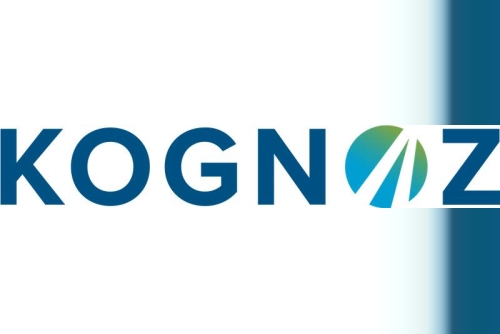Printing inks include three components such as the vehicle, the coloring ingredients, and the additives. The vehicle enables the transferring of the coloring ingredient from the ink fountain to the Typeform, usually a vegetable base such as rosin, wood oils, or linseed. It dries by oxidation or penetration and ensures fixation at the same time. It is a solvent base derived from kerosene that involves case drying through evaporation.
The coloring ingredients come in various forms, such as fine pigments, solid particles manufactured from chemicals, highly insoluble in water, or less soluble in solvents.
The coloring agents made from chemicals are soluble in water and in solvents such as lacquers obtained from fixing a coloring agent on powdered aluminum.
The additives help in stabilizing the mixture and provide additional desirable characteristics to the ink. The nature and proportion of additives vary relying on the printing process and the material to be used. The proportions need to be checked and modified when required during printing.
Offset and letterpress utilize greasy inks. These thick greasy inks are used on sheet-fed presses for printing. In such printing, vehicles are usually made of vegetable oils with contents of synthetic or hard natural resins dispersed in mineral oils.
The black color is generated from the incomplete combustion of natural gas or oils, which results in forming the organic pigment, carbon black.
The colored pigments are usually the inorganic compounds of molybdenum, chromium, iron, and cadmium. The chromium provides the yellow, orange, and green colors. While molybdenum provides orange color, cadmium gives red and yellow color, and iron gives blue color.
Offset inks are more colored compared to letterpress inks, as they are required to be transferred to a blanket before they reach paper. Moreover, pigments should be prevented from being picked by the water from the dampening system.
There are links for both offset and letterpress, which come with special qualities. The vehicle is not homogenous in high-gloss inks as it is with ordinary inks. It is heterogenous in nature, relying on synthetic resins dissolved in the solvent, including lead and cobalt additives. The ink glazes as it gets dried.
It involves a series of operations to be finished during the printing of several colors, as the ink has time to dry, it can get attached to the surface.
Quick-setting inks require a vehicle with a base of resins dissolved in a quick-drying solvent. Heat-set inks need heat application to provide both oxidation process and solvent evaporation, along with penetration of several elements rendering the ink with more fluid.
The moisture set inks to get fixed by applying directly to damp paper or exposing them to water spray after their application to dry paper.
The metallic inks contain bronze, powdered copper, gold mixed, or aluminum mixed with the pigment, such as magnetic inks which contain powdered magnetized iron mixed with the pigment to determine the shape of the printed characters.
The demand for printing inks is projected to rise due to the expansion of the packaging industry and advent of the advanced technology.












